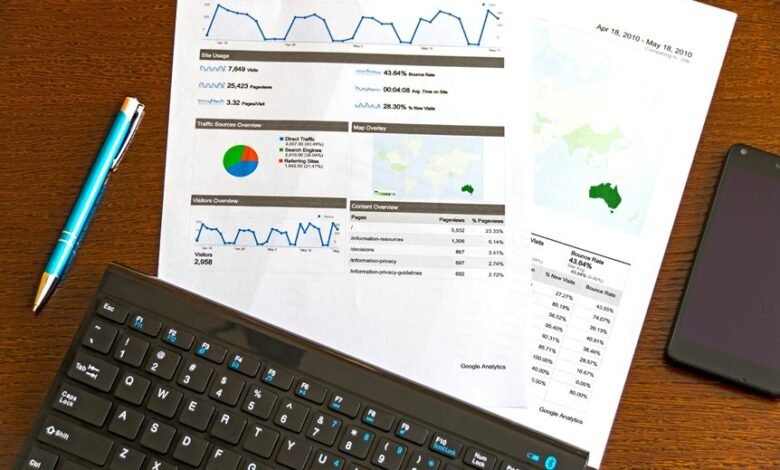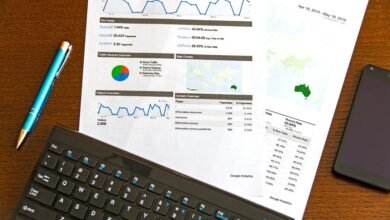Explore Insights About 2137378771, 2137849720, 2138179751, 2145068793, 2146516900, 2148332125

The analysis of phone numbers 2137378771, 2137849720, and 2138179751 suggests a preference for digital communication among Los Angeles residents, reflecting the city’s urban lifestyle. Conversely, the numbers 2145068793, 2146516900, and 2148332125 indicate a tendency towards traditional communication methods typical of Dallas. These patterns reveal significant insights into how cultural dynamics and demographic trends influence interactions. Understanding these implications could further illuminate the nuances of community engagement in these two distinct urban environments.
Understanding the Area Codes: 213 and 214
Area codes serve as crucial identifiers in the telecommunications landscape, facilitating the organization of calls within specific geographic regions.
The area code history reveals the evolution of these numerical designations, specifically highlighting 213 and 214. Their geographic significance underscores urban centers—Los Angeles for 213 and Dallas for 214—reflecting population density and regional identity, thereby enhancing the efficiency of communication systems.
Communication Trends Associated With Each Number
Communication trends linked to the area codes 213 and 214 reveal distinct patterns shaped by their respective urban environments.
Trends analysis indicates that 213 reflects a high volume of digital interactions, emphasizing rapid messaging and social media use.
In contrast, 214 showcases more traditional communication patterns, with increased phone calls and face-to-face interactions.
These communication patterns illustrate the diverse preferences of urban populations within these regions.
Implications of These Numbers on Local Communities
While the communication trends associated with area codes 213 and 214 highlight distinct interaction preferences, their implications for local communities extend far beyond mere statistics.
These numbers reflect community impact through shifts in local demographics, influencing socioeconomic factors and resource allocation.
Understanding these dynamics enables civic leaders to address specific needs, fostering stronger connections and enhancing the overall quality of life within these areas.
Conclusion
In examining the communication patterns linked to the phone numbers from area codes 213 and 214, one uncovers a narrative of urban lifestyles versus traditional values. The digital engagement in Los Angeles sharply contrasts with the more conventional interactions in Dallas, raising questions about the future of communication in these cities. As societal dynamics evolve, will these distinctions continue to shape community interactions, or will they converge in unexpected ways? The answer lingers, awaiting discovery.



